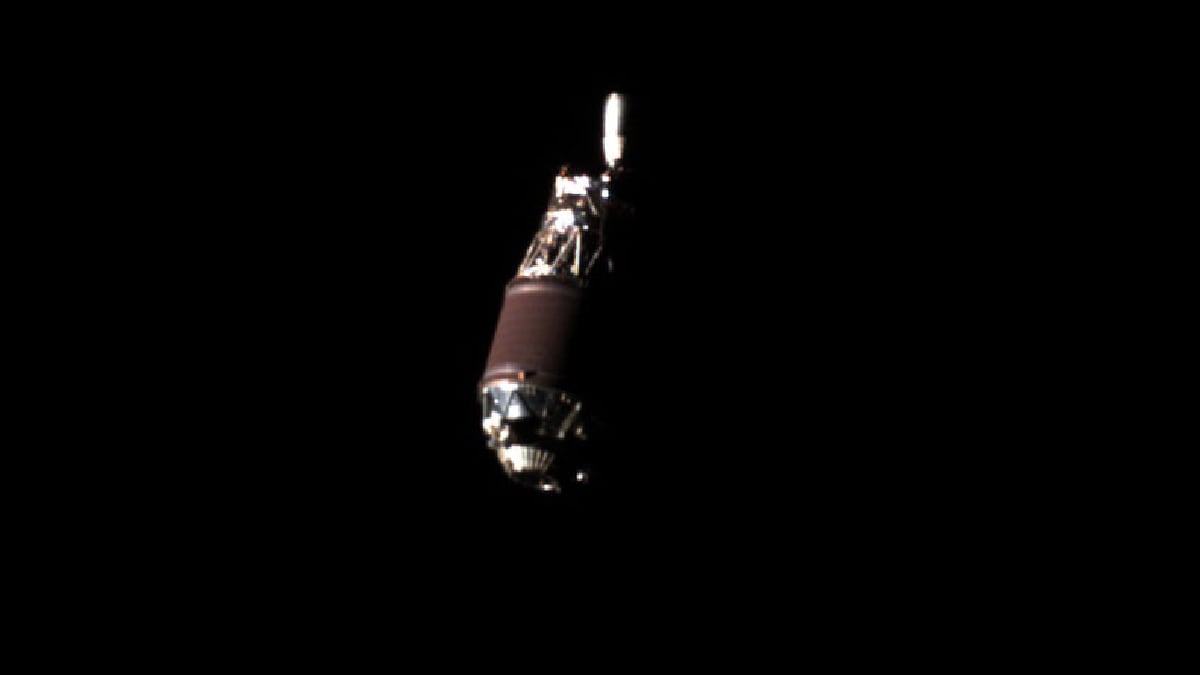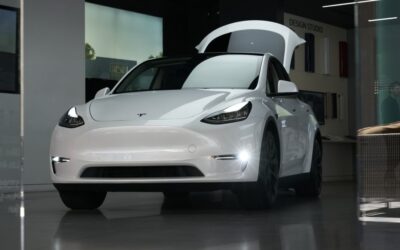The first photo of space debris captured by a Japanese satellite saw 3 ton of broken rocket

Reports According to, a satellite of Astroscale Japan detected the 15-year-old rocket fragment and clicked its picture. Interestingly, Astroscale was launched in February this year. It used cameras installed in the satellite and accurate calculations to reach the rocket debris.
The initial purpose of the satellite was to capture images of space debris, document its condition, and prove whether or not a satellite could reach any space debris.
Astroscale Japan aims to safely remove space debris in the future. It wants to launch another satellite equipped with robotic arms. The rocket debris that was detected also belongs to Japan. An environmental sensing satellite was launched in 2009 with the help of the rocket.
It is worth noting that space debris has raised concerns of countries around the world. Space agencies of Russia, America and China launch their missions every day and are increasing space debris. America has even accused China that the Chinese Space Agency does not dispose of its space debris properly. However, this ‘garbage’ usually burns up while entering the Earth’s atmosphere. Or falls into the Pacific Ocean. In only a few cases, pieces of space debris have fallen in populated areas.
There are 9000 metric tons of debris in space
According to reports, by the year 2022, more than 9 thousand metric tons of space debris will be orbiting our planet. Due to this, existing satellites can be affected. It can disrupt communication on Earth and increase the risk to astronauts.

